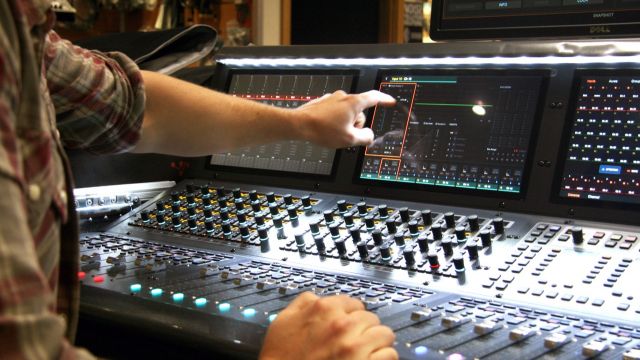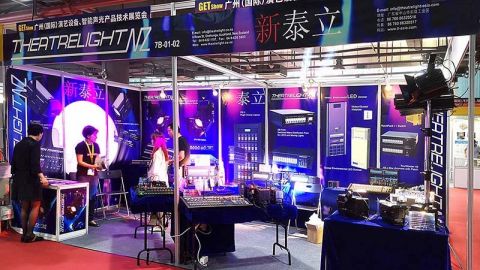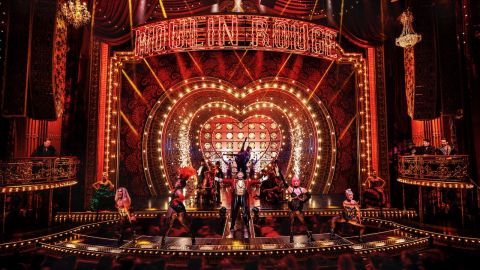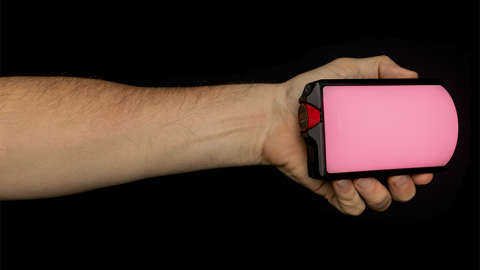Sound Board Evolution

Artie Jones from Factory Sound reports.
When there is dialogue to be amplified, the audio mixer is arguably the most important link in the chain. Not only does it give you a spot to plug all the microphones, it’s the control centre for balancing levels, and dealing with the intricacies of a show, before the sound hits the speakers.
Top shows rely on digital consoles. Gone are the days of a massive analogue sound desk (and the associated racks of equalisers, compressors and other effects) to help control and shape the sound. The most sophisticated shows around the world are using digital consoles now, with every tool available at the operator’s fingertips – often via touch screen control.
Respected theatre brands, including Digico and Avid Venue, continue to add features demanded by industry professionals eager to take the audiovisual component of the show to the next level.
Other brands, such as Allen & Heath, Midas and Soundcraft, are hugely popular in school theatres, not only for their outstanding performance and feature set, but also because of their invaluable teaching tool status for the next generation of theatre technicians.
So, which one is better – analogue or digital?
It's almost "no question" these days. With so many features available on the current generation of digital mixing systems, and audiences with a voracious appetite for innovation, it's a match made in digital heaven. Analogue most certainly has the benefit of being low-cost and simple to use for compact and portable solutions, being especially good for smaller, compact work situations. But once the size gets increased, go digital.
For more advise contact Factory Sound.





